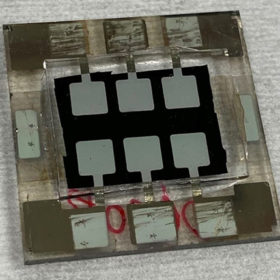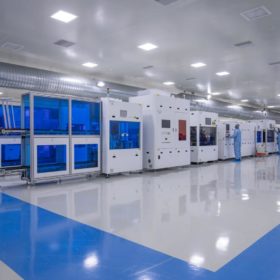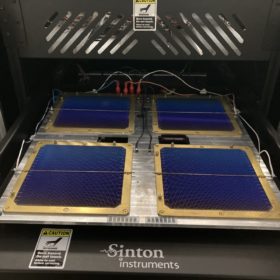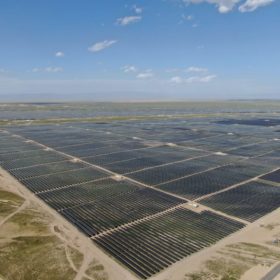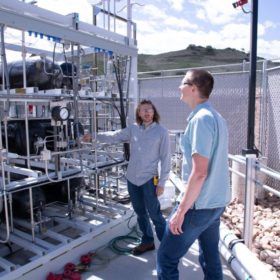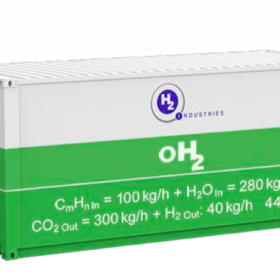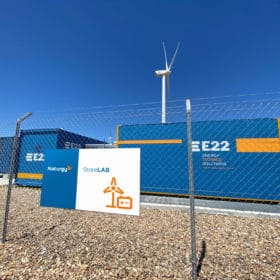Tandem tin-lead perovskite solar cell with 25.5% efficiency
The US National Renewable Energy Laboratory has made a tandem perovskite solar cell that can retain 80% of its original efficiency after 1,500 hours of continuous operation, or more than 62 days. To improve its stability, they used a hole-transporting material made of phenethylammonium iodide and guanidinium thiocyanate.
Premier Energies, Azure Power partner on solar cells, modules
Azure Power has agreed to invest in a 1.25 GW mono PERC cell and module production facility that Premier Energies plans to open in India.
EV battery can reach 98% charge in less than 10 minutes
Enovix has shown that its US-made silicon anode lithium-ion batteries can charge from 0% to 80% in just five minutes.
Solar cell efficiencies at a glance – updated
A research group led by Professor Martin Green has published Version 60 of the Solar cell efficiency tables.
Pumped hydro projects secure funding in Australia
The government of the Australian state of Queensland has committed AUD 48 million ($33 million) to develop two pumped hydro projects.
High-wattage solar modules increase risk of thermal runaway
Longi Solar outlines its high-temperature mitigation logic in designing the lower current, high-wattage Hi-MO5 solar panel series.
The Hydrogen Stream: NREL shows off high-flow-rate hydrogen fueling
The US National Renewable Energy Laboratory has demonstrated high-flow-rate hydrogen fueling for heavy-duty vehicles, while France’s TotalEnergies has signed a deal with Adani Enterprises to produce green hydrogen in India.
Pumped-hydro storage project takes shape in New Zealand
Lake Onslow, New Zealand, could become home to one of the world’s largest pumped-hydro storage facilities. A local consortium is now conducting a feasibility study and is investigating possible system designs and precise locations.
Hydrogen generation from organic waste, non-recyclable plastic
US-based H2 Industries plans to produce hydrogen from organic waste and non-recyclable plastic. pv magazine recently spoke with its executive president, Michael Stusch, about the main technologies behind the project.
Lithium-ion vs. vanadium redox flow storage
UK scientists have compared the performance of lithium-ion storage systems and vanadium redox flow batteries for a modeled 636 kW commercial PV system in southern California. They have found that both technologies, coupled with an oversized PV array, could achieve a levelized cost of electricity of less than $0.22/kWh, while offering a self-sufficiency ratio of 0.95.
